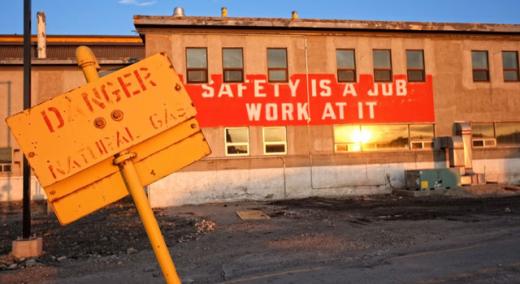A technician spills a toxic chemical. She isn’t injured but easily could have been. The hazmat cleanup costs more than $10,000 and shuts down a critical building for a week.
|
ADVERTISEMENT |
An electrical engineer flips the wrong switch in a substation control room. He isn’t injured. But within seconds, a $50,000 transformer is destroyed.
Three financial clerks in two different countries are processing payments for a large bank. They intend to schedule a routine $8 million payment. Antiquated software makes errors hard to catch. The clerks accidentally wind up sending $893 million instead.
From talk to action
Talking about building a culture of safety and human reliability is easy. But how many great ideas are talked about and never actually get put into practice?
The real skill is to be able to transform good ideas into practical steps that you and your people can apply immediately. In this article, that’s what you’ll get.
There’s no one secret or solution. Instead, many successful companies around the world have built a culture of safety and human reliability using a “consolidation of subtleties”—a combination of seven practical steps such as these.
…

Add new comment